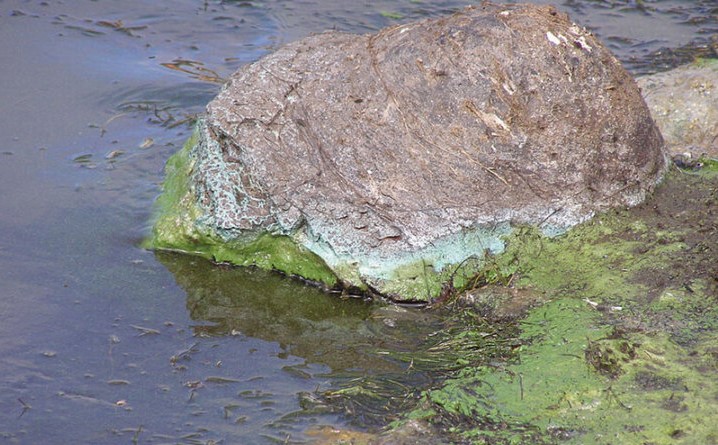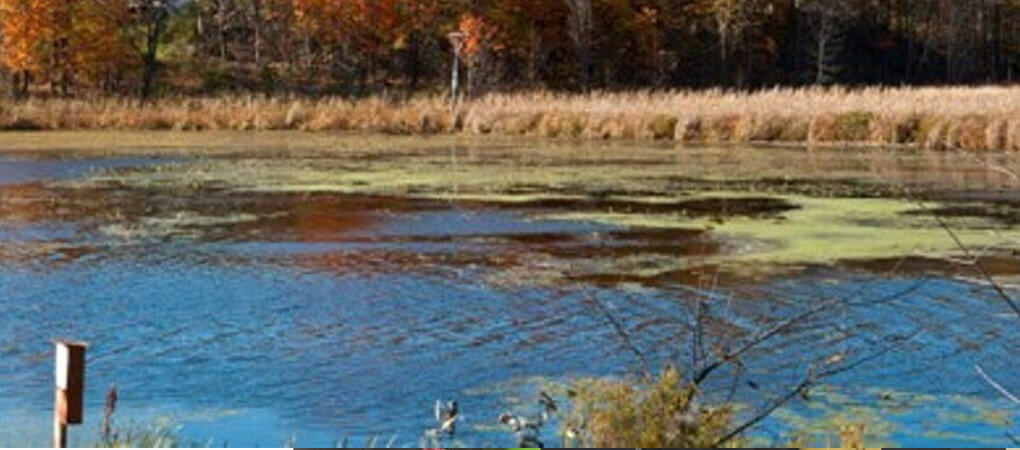 Talk of blue-green algae in the news this week has left many New Brunswickers confused and concerned about the potential threat posed by the ominous ‘soup.’
Talk of blue-green algae in the news this week has left many New Brunswickers confused and concerned about the potential threat posed by the ominous ‘soup.’
As we covered in our last blog, so-called blue-green algae is actually not an algae at all. It is photosynthetic cyanobacteria – put simply, a naturally-occurring bacteria that contains light-absorbing pigments, capable of converting light energy into chemical energy.
Now, let’s talk about phosphorus – the nutrient that has a huge impact on the health of lake ecosystems. Though naturally occurring, phosphorus can also be found in everyday cleaning detergents and fertilizers.
When a river or lake’s phosphorus balance is thrown off-kilter and levels become too high, it can result in excess blue-green algae (cyanobacteria) growth.
In 2010, the federal government implemented regulations to effectively ban phosphorus from most household cleaning products, including dishwashing and laundry detergents.
According to Environment Canada, the purpose of these regulations was to protect Canada’s environment from the release of phosphorus from certain products that could contribute to the over-fertilization of freshwater ecosystems, and the growth of harmful algae blooms that are proliferating in Canada’s lakes and rivers.
The regulations limit the amount of phosphorus allowed in a wide range of household cleaning products in Canada. For example, it reduced laundry detergent phosphorus limits from 2.2 per cent to 0.5 per cent, by weight.
Definitely a smart move on the government’s behalf, but is it enough?
Jean Langlois, the senior campaign advisor for Sierra Club Canada, told the CBC that agricultural runoff contributes 300 times the weight of phosphorus that dishwasher detergents do.
John Baird, former Environmental Minister told the CBC that the detergent limit “is one action, one of many that is needed. I think we are signalling today an engagement that it is a priority.”
So, phosphorus comes from many sources — it occurs naturally, it’s swept into our rivers and lakes from large-scale agricultural and forestry operations’ runoff, it leaches from old or poorly-maintained septic systems, and, while to a lesser extent thanks to the regulations discussed above, it comes from some of the items we use everyday at home or at the camp.
On CBC Information Morning this week, Dr. Janice Lawrence, associate professor of biology at the University of New Brunswick, said we can expect to see more frequent blue-green algae blooms with climate change, as warmer temperatures and heavier rainfalls help create the conditions for outbreaks to occur

